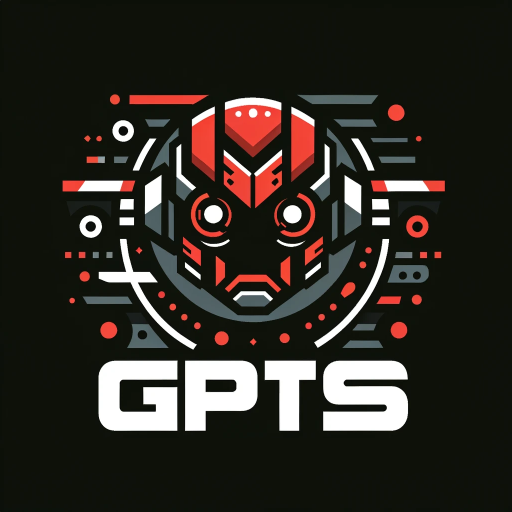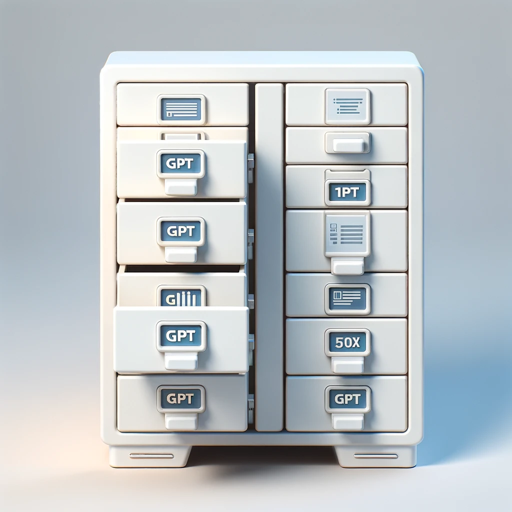영어로 뭐라고 표현할까?-AI Korean to English Translator
AI-powered Korean-to-English phrase translation
Related Tools
Load More
영어 한국어 번역.
영어를 입력하면 한국어로, 한국어를 입력하면 영어로 번역하는 일을 합니다.

语桥-专业英文翻译
2024.03.19更新。一个经测验超越专家水平的英译中GPT,通过翻译、编辑、润色三环节给你输出最佳结果。YouTube/B站:AI进化论-花生

영어/한글 자동번역 (ENG&KOR auto translation)
This is a translation tool that converts Korean to English and English to Korean with almost no mistranslations, providing translations as natural as a local speaker would use.

영어는 한국어로 한국어는 영어로 뉴욕톤 통역 번역가
I translate Korean to English with a semi-casual, business-savvy tone.

영어 한국어 번역기
영어를 한국어로 번역, 한국어로 영어로 번역
PEC Korea - 영어 회화
영어 회화를 연습해 보세요. 문장 구조, 문법, 어휘 사용 등에 대한 자세한 분석을 한국어로 제공합니다.
20.0 / 5 (200 votes)
Introduction to '영어로 뭐라고 표현할까?'
'영어로 뭐라고 표현할까?' is designed to help users, especially non-native English speakers, learn how to accurately and naturally express specific Korean phrases or sentences in English. Its main purpose is to bridge the gap between Korean and English in both formal and informal communication settings. The service provides users with a comprehensive understanding of how to translate, explain, and contextualize various expressions, while offering nuances such as different levels of formality, idiomatic expressions, and common colloquial usages. A key feature of '영어로 뭐라고 표현할까?' is its focus on real-world applicability, ensuring that translations are not only linguistically accurate but also culturally and contextually appropriate. This is especially useful for language learners, professional translators, and even casual users who are curious about English expressions. By offering detailed translations, examples, and usage scenarios, the service aims to improve users' fluency and confidence in using English in a variety of settings. For example, if a user inputs the phrase '고맙습니다,' the tool will not only provide the direct translation ('Thank you') but also offer variations such as 'Thanks,' 'I really appreciate it,' or 'I'm grateful,' explaining when each is more appropriate depending on the formality and context of the situation.

Main Functions of '영어로 뭐라고 표현할까?'
Accurate Translation with Contextual Nuances
Example
If a user inputs the phrase '잘 부탁드립니다,' the service will explain that this can be translated as 'I look forward to working with you,' but also provide alternative translations like 'Please take care of this for me' or 'I trust you'll do a great job,' depending on the situation.
Scenario
A business professional wants to send an email to a new client and needs to know how to express the Korean sentiment of '잘 부탁드립니다' in a culturally and contextually appropriate English phrase.
Explanation of Formal vs. Informal Speech
Example
The phrase '안녕' can be translated to 'Hi' in casual settings, but the service will also explain that 'Hello' or 'Good morning/afternoon' are more appropriate for formal contexts.
Scenario
A user is writing a letter to a professor and wants to ensure they use the appropriate level of formality in their greeting, rather than using a phrase that might come across as too casual.
Idiomatic and Slang Expressions
Example
For the Korean phrase '진짜 대박이야,' the tool would translate this to 'That's awesome' or 'That's incredible,' while also offering slang variations like 'That's dope!' or 'That's lit!' for a more casual tone.
Scenario
A student wants to understand how to express excitement about an event when talking to their English-speaking friends, so they need to know the slang equivalents of popular Korean expressions.
Ideal Users of '영어로 뭐라고 표현할까?'
English Language Learners (Beginner to Intermediate)
This group benefits from the detailed translations and explanations of different levels of formality and context. By using this service, they can learn how to use everyday phrases in English accurately, improving their conversational skills and understanding of nuanced expressions.
Professional Translators and Writers
For professionals who need to translate Korean documents or communications into English, this service provides more than just literal translations. It helps them convey the right tone and cultural meaning, ensuring their work is both accurate and effective for their target audience.

How to Use 영어로 뭐라고 표현할까?
Visit aichatonline.org for a free trial
Access the site to begin using the service without any login or need for ChatGPT Plus. You can start immediately.
Input a Korean phrase or sentence
Enter the Korean text that you want to translate or express in English. Ensure the phrase is clear and specific.
Review translation suggestions
The tool will provide multiple English expressions, including slang, formal, and casual options. Carefully review each to choose the most appropriate one for your context.
Apply context tips
Look out for additional context tips provided by the tool. It will often include cultural nuances or differences in tone depending on the situation.
Use suggestions in writing or speech
Once you’ve chosen the right expression, use it in your English writing or speaking practice. For better results, revisit frequently to improve fluency.
Try other advanced and practical GPTs
aiGPTs Ranking & Stats
AI-powered insights into GPT performance.

Custom GPT Creator
Create AI-powered solutions with ease
Instantly.ai - Cold Email Critique
AI-powered cold email optimization

生成AI業務活用コンシェルジュ
AI-powered business task automation.

Dan AI
AI-Driven Solutions for Every Need

SMARTUP - Startup Mentor
AI-powered startup mentorship and guidance

Liquid Coding AI Helper
AI-powered Shopify Liquid coding guide

Local SEO Service Page Outline and Content Builder
AI-powered Local SEO Content Creation

Learning Buddy
AI-powered mentor for problem-solving and creativity

機人番翻譯專家
AI-powered Japanese to Chinese Mecha translation

Video Animation Production
AI-Powered Animation Creation Tool

GPT Organizer
AI-Powered GPT Management Made Easy

- Academic Writing
- Business Communication
- Casual Conversation
- Cultural Nuances
- Slang Translation
Common Questions about 영어로 뭐라고 표현할까?
What kind of sentences can I translate?
You can translate any kind of Korean sentence, whether it's casual, professional, or academic. The tool also provides idiomatic expressions and cultural context for better accuracy.
Do I need any specific account to use it?
No, you don’t need any account or subscription to access the core functionalities. Simply visit the website and start translating immediately without login requirements.
Can I use this tool to improve my English conversation skills?
Yes, this tool is designed to help improve conversational English by providing commonly used phrases, both formal and informal, along with pronunciation tips.
Does it support specialized vocabulary, such as legal or medical terms?
Yes, it can handle specialized vocabulary across various fields. The tool offers contextually accurate translations for academic, legal, and medical terms as well.
How can I trust the accuracy of the translations?
The translations are AI-generated, with the option to review multiple suggestions. Contextual tips and variations ensure that you can pick the most accurate and suitable expression for your needs.